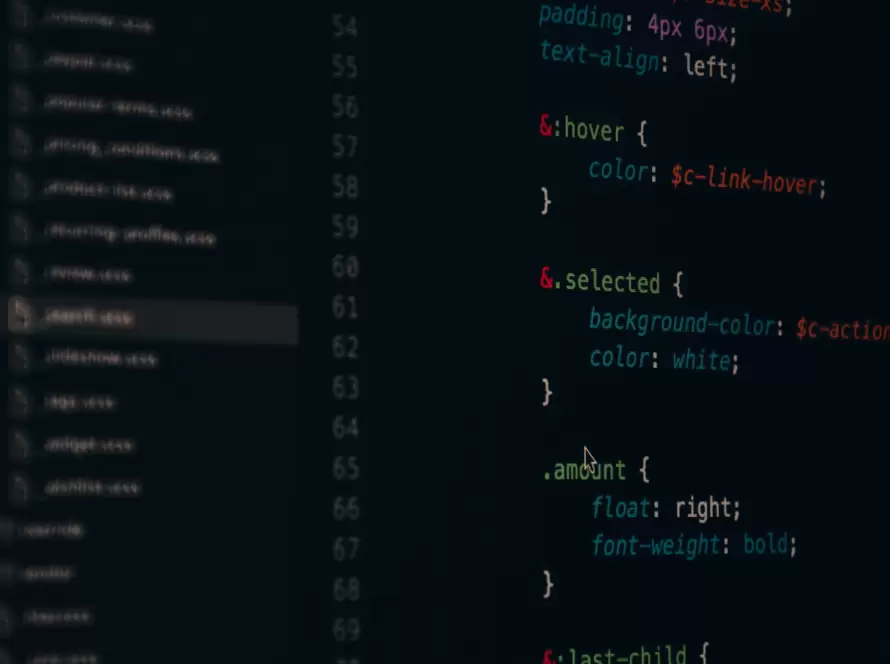Generated by Contentify AI

Optimizing your development workflow with CSS is an essential aspect of achieving efficient and effective web development. CSS, or Cascading Style Sheets, plays a crucial role in defining the visual presentation of a website, making it an indispensable tool for developers. By implementing the right practices and strategies, you can streamline your workflow, enhance collaboration, and boost productivity.
One of the key techniques for optimizing your development workflow with CSS is the use of modularization. Breaking down your CSS code into smaller, reusable, and self-contained modules allows for better organization and maintainability. By separating concerns and encapsulating styles, you can easily make changes without affecting other parts of your codebase. This modular approach also promotes code reusability, enabling you to save time and effort when implementing new features or building additional pages.
Another valuable strategy is the utilization of a CSS preprocessor. Preprocessors like Sass and Less extend the capabilities of CSS by introducing variables, mixins, and nesting. These features not only make your code more concise and readable but also facilitate faster and more efficient development. Preprocessors also offer the ability to split your CSS into multiple files, making it easier to manage and update stylesheets across different projects.
Integrating a task runner into your workflow, such as Gulp or Grunt, can significantly enhance your CSS development process. Task runners automate repetitive tasks like minification, optimization, and concatenation of CSS files, freeing up your time and ensuring code quality. With the ability to define custom build processes, you can tailor your workflow to meet specific project requirements, eliminating human error and reducing the chances of introducing bugs.
By adopting these optimization techniques, you can improve your development workflow with CSS, saving time, increasing collaboration, and ultimately delivering high-quality websites. Embracing modularization, leveraging CSS preprocessors, and utilizing task runners will empower you to work more efficiently and effectively, taking your CSS development skills to the next level. Stay organized, automate repetitive tasks, and keep up with the latest CSS best practices to stay ahead of the curve.
Key Takeaways
- Use preprocessors to improve productivity and maintainability
- Utilize CSS frameworks to speed up development
- Implement a modular structure for better organization


